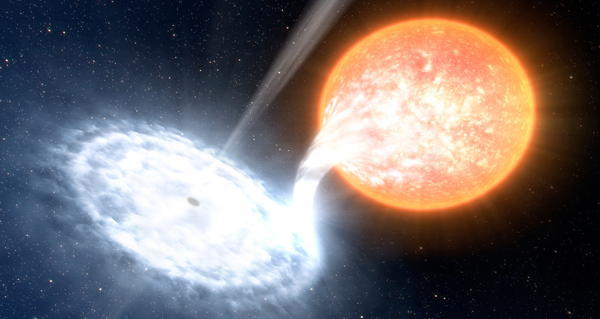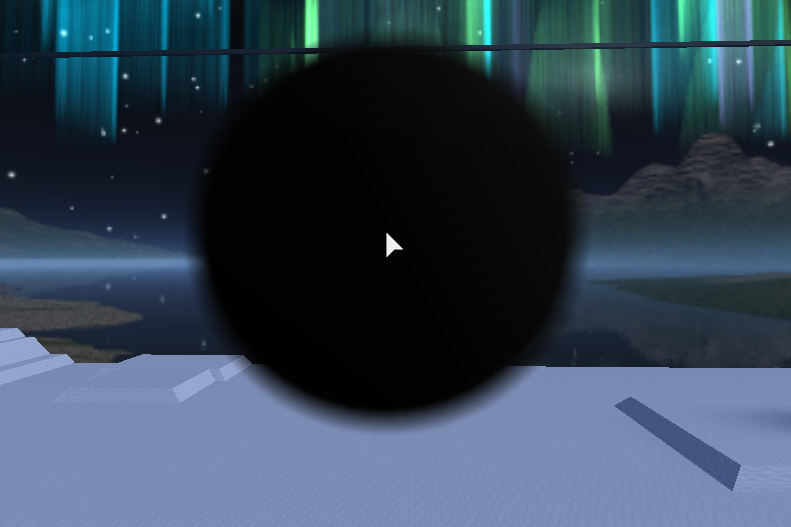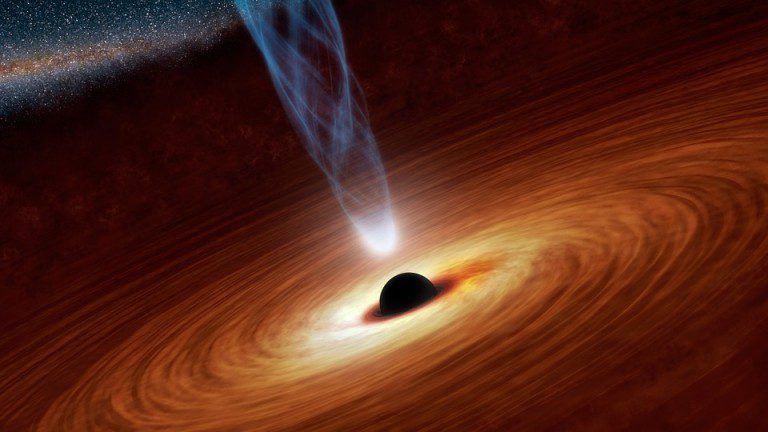

When they show the chalkboard, it’s always relevant to the theme of that particular show.
#Could a human survive going into a black hole series
It’s the same with the TV series The Big Bang Theory. And the chalkboards in the film with the field equations are legit. That wasn’t a running premise of the movie, whereas in Interstellar, there’s a constant reminder that the Relativity of Time is a phenomenon to be reckoned with, thought about, and resolved. What I should have mentioned is that in the original Planet of the Apes, there’s an Einsteinian time-shift where the Earth astronauts move very far into the future, so Earth went way past the age of humans while they were still themselves. No other film has given as much attention to these topics, and done it so thoroughly. On Twitter, you praised the way Interstellar handled Einstein’s Relativity of Time and Curvature of Space. To wrap our heads around the science of Interstellar, The Daily Beast reached out to renowned astrophysicist and cosmologist Neil deGrasse Tyson, who also serves as the director of the Hayden Planetarium at the American Museum of Natural History and host of the Fox series Cosmos: A Spacetime Odyssey, to help break down many of the hotly debated scenes in the film.

And the rest, well, I’ll leave that to you to see for yourself. On the second planet, they encounter a marooned astronaut named Dr. Its proximity to the black hole also causes an extreme time dilation, where one hour on the distant planet equals 7 years on Earth. The first planet they land on is close to a supermassive black hole, dubbed Gargantuan, whose gravitational pull causes massive waves on the planet that toss their spacecraft about. A farmer and ex-astronaut, Cooper (Matthew McConaughey), is tasked with leading a NASA mission through a wormhole to another galaxy in order to investigate three potentially inhabitable planets for colonization. Nolan’s Interstellar invites scientific critiques via the participation of theoretical physicist Kip Thorne, who not only served as a script advisor and executive producer on the film, but also released a companion tome, The Science of Interstellar, explaining the heady concepts employed in the movie.įor the uninitiated, the film is set on a future Earth whose crops (save corn) have been wiped out by a mysterious blight. It is, however, a high compliment for a blockbuster space odyssey like Interstellar to earn the right to be analyzed on a scientific level after all, films like Star Wars and Star Trek are never held up to such scrutiny.

“My films are always held to a weirdly high standard,” filmmaker Christopher Nolan told The Daily Beast.


 0 kommentar(er)
0 kommentar(er)
